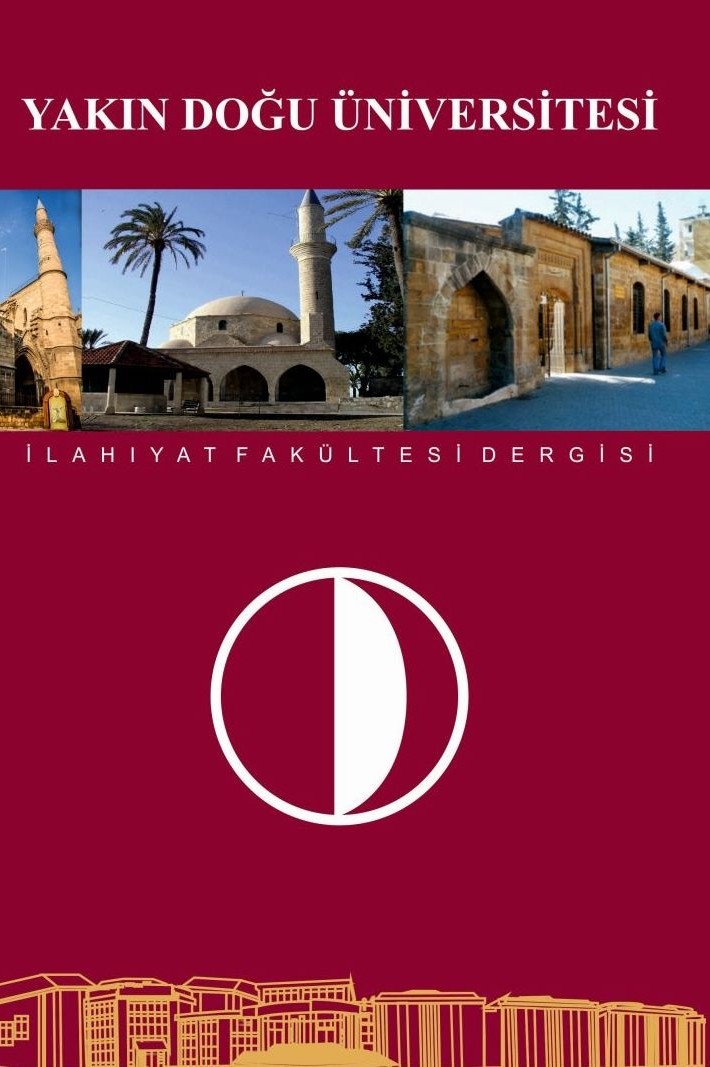
Yakın Doğu Üniversitesi İlahiyat Fakültesi Dergisi
Yazarlar: ["Arslan KARAOĞLAN"]
Konular:-
DOI:10.32955/neu.ilaf.2023.9.1.02
Anahtar Kelimeler:Tefsir,Organ,Ayet,Beden dili,Iletişim
Özet: Body language consists of two-sided informatics, the transmitter and the receiver. Therefore, as it is important to use this language, reading the language of others is a necessity and reality of communication. The language that people use to share their feelings, thoughts, wishes, needs and spiritual wealth is body language. Messages given through body language are the most basic tools in communicating with people. In this respect, body language has a greater effect than verbal language in reflecting feelings, thoughts and attitudes. As it is understood, the fact that prophets were sent to be role models with their words and deeds at different stages of history, as well as the written and oral language of religion that emerged with the revelation of the revelation, is sufficient to show how valuable and functional body language is in the telling and living of religion. The Qur'an sometimes emphasized the behavior of the first interlocutors in the face of the divine message, and sometimes gave information about the basic features of human psychology by revealing the attitudes of the people who will come until the end of time towards the message of the Qur'an. For this purpose, the Qur'an has suggested body language where speaking is meaningless. In addition, in On, there is information about how a person who has a negative attitude towards a message reveals this attitude with bodily movements. Thus, it increases the efficiency in communication and determines the attitudes towards the messages, providing new new initiatives to the notifier in terms of getting to know the addressee. It is possible to say that the best and most accurate way to understand the message of body language is to evaluate the movements of the body and its organs as a whole. for example, happiness or sadness in a person is reflected on his face and it is read on his face like a book. This means that the face/face is like a book consisting of invisible lines that reflect both the happiness and the pain inside. In other words, since the psychological state of the person affects the blood circulation, it causes a change in the face as the blood passes through the face. The blood circulation of the person who is happy and the person who is in pain will be different, and as a result, the face will reflect differently. For him, the lines and expressions of happiness, excitement and pain on the face are different. Since the face is the mirror of the heart, it is possible to say that the first place where emotions such as happiness, distress and sadness in the inner world are reflected is the face. In this framework, evaluating and interpreting a movement without looking at the action and movement groups may cause misunderstandings. According to studies, non-verbal cues are at least five times more effective than the verbal channel, and when there is a paradox between the two, people have taken into account non-verbal actions without looking at verbal expressions. The justification for this is that it is not possible for body movements to occur spontaneously and be controlled. Since the attitude of a person towards the social environment can be understood with body language, it is closely proportional to knowing and reading the signals of this language in order to comprehend and understand them well. Body language refers to a two-sided information process, the receiver and the transmitter. Therefore, as much as it is important to use this language, reading and understanding the language of others is also a necessity and reality of communication. In this article, attention is drawn to the existence of many concepts of body language in the Qur'an. For example, concepts such as verse (sign, sign), symbol, remz (eyebrow, eye, lip, head, hand-arm movements), revelation (sign) and assertion (silence) and declaration are among these. In addition to these concepts, actions such as head, face, eye, eyebrow, forehead, cheek, mouth, ear, hand, foot and leg movements, gaze styles, sitting and standing styles, which are the means of expression of body language, are given meaning to messages. vehicle has been made. Accordingly, in this study, the functional place and role of body language in communication has been determined and its categorical framework has been tried to be drawn. Then, the place and rate of use of body language, which has increased in value and popularity all over the world, in the Qur'an is emphasized. Thus, it is clearly understood that body language has an important contribution to the effective transmission of the divine address to the addressee.